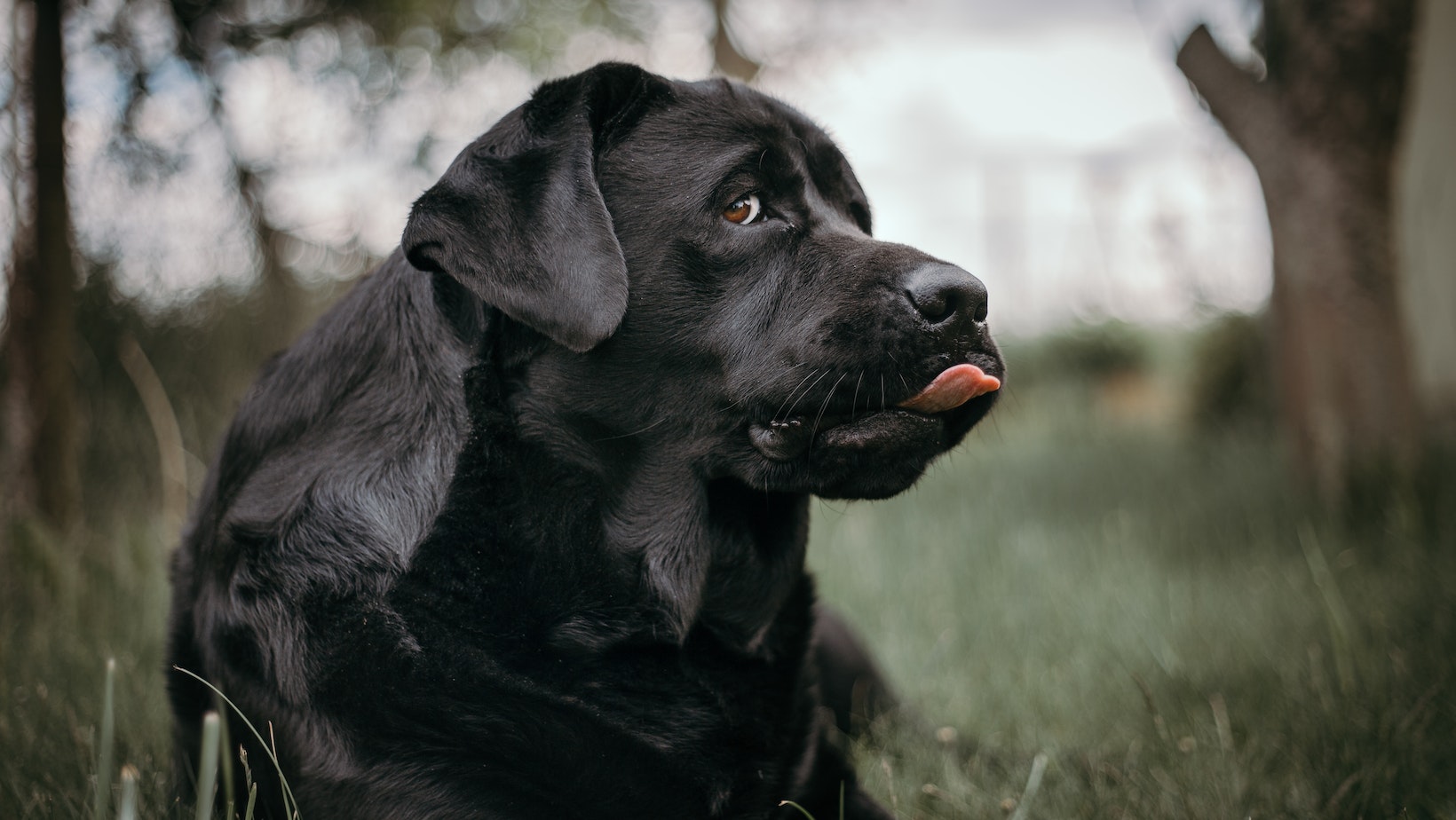Having a dog that reliably comes when called is an essential skill for any pet owner. If you’re struggling with getting your Labrador to come when called, don’t worry – you’re not alone. Many dog owners face this challenge, but with some patience and consistent training, you can teach your furry friend to respond promptly to your call.
How to Get My Dog to Come When Called
When it comes to training your furry companion, teaching them basic recall commands is essential for their safety and your peace of mind. Whether you have a rambunctious Labrador or any other breed, knowing how to get your dog to come when called can prevent potentially dangerous situations and strengthen the bond between you and your pet.
Recall commands allow you to regain control over your dog’s actions, ensuring they return to you promptly in various situations. Imagine being able to call your Labrador back from chasing a squirrel across the park or preventing them from wandering off into unsafe areas. With consistent recall training, you’ll be equipped with a valuable tool that can keep your four-legged friend safe and secure.
Teaching the ‘Come’ Command Properly
- Start indoors: Begin training in a quiet, distraction-free environment. Stand a few feet away from your dog, call their name followed by the command “come,” and use an enthusiastic tone. When they come to you, reward them immediately with treats or praise.
- Gradually increase distance: Once your dog consistently responds indoors, gradually increase the distance between you and your furry friend. Practice in different rooms or even move outdoors to a secure area like your backyard.
- Introduce distractions: As your dog becomes more reliable with their recall indoors and at longer distances, start introducing controlled distractions. This could be toys, other people, or mild environmental stimuli. Reinforce the “come” command consistently during these situations and reward them generously for obeying.
- Practice in various environments: Finally, generalize the recall command by practicing in different locations with varying levels of distractions. Take your Labrador to parks, busy streets (on leash), or any place where they need to respond reliably when called.

Using Positive Reinforcement Techniques
When it comes to teaching your dog to come when called, using positive reinforcement techniques can be highly effective. Positive reinforcement relies on rewarding desired behaviors, encouraging your furry friend to repeat them in the future. In this section, we’ll explore three key methods of positive reinforcement that can help you train your Labrador or any other breed to come when called.
Rewarding with Praise and Affection
- Use an enthusiastic tone of voice when praising your dog for coming when called.
- Petting, hugging, or giving belly rubs after they respond correctly reinforces their understanding that coming when called leads to pleasant interactions.
- Be consistent in offering verbal praise and physical affection every time they come when called.
Getting my dog to come when called has been a challenge, but I’ve learned that consistency and patience are the key ingredients for success. Here’s what I’ve discovered:
- Establish a Routine: Dogs thrive on routines, so it’s important to create a consistent training schedule. Set aside dedicated time each day to work on recall training with your Labrador. Make it a part of your daily routine, whether it’s first thing in the morning or right before bedtime.
- Use Positive Reinforcement: Dogs respond best to positive reinforcement techniques. When your dog comes to you when called, reward them with praise, treats, or their favorite toy. This reinforces the behavior and increases the likelihood of them repeating it in the future.
- Start Indoors: Begin your recall training indoors in a quiet and controlled environment where there are minimal distractions. Use a long leash initially to prevent your dog from running away while you work on teaching them to come when called.
- Gradually Increase Distractions: Once your Labrador consistently responds indoors, gradually introduce more distractions into the training sessions. Start by practicing in your backyard or a low-distraction area before moving on to busier environments like parks or streets.
By consistently implementing these strategies with patience and persistence, you’ll increase the chances of your Labrador coming when called reliably over time.